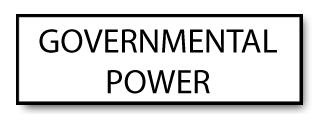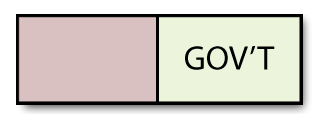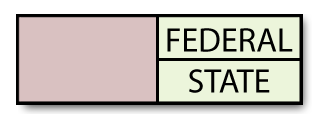Article I: The Legislative Branch
Section 1 – The Legislature: All legislative Powers herein granted shall be vested in a Congress of the United States, which shall consist of a Senate and House of Representatives.
The rules for this new nation have to go about establishing certain offices, departments, and modes of operation. The first listed is the Legislative Branch—which I guess can mean the Part of the Government that Makes the Laws.
This is pretty major on several counts. Kings had executive, judicial and legislative powers—all facets of government were subject to them; Parliament also had that sort of power—although they are a legislative branch, they have sovereignty over the other branches. Parliament has ultimate power and the only thing it doesn’t have power over is future Parliament.
But this Congress is different. It is given all legislative powers, and even some modicum of judicial power (mentioned later) but it is not given ultimate sovereignty.
A question is raised though: can states make laws? Do they have legislative powers?
Well, surely, else the states would never have ratified the Constitution. The “all legislative power” here has to be contextually defined as well as exposed to the light of what’s going on with this newly created government.
In other words, this power is not something that is naturally inherent in Congress, but it is being vested (note the words “granted” and “vested”) in it by the true sovereigns of the new government: the people.
I saw this great example in one of the books I read. If we were to imagine every power that a government could have (like making laws, starting wars, arresting people, torturing citizens, housing armies in homes) and put them into a box we would have the diagram below. This is just governmental power.
What this Constitution is starting to do is draw a line in the box. On one side of the line are powers not granted to the governing body—that we put into the category of infringing on the freedom of the people—and on the other side are powers that are granted to the governing body.
The powers granted in Article 1 are “all legislative” but only as demarcated by the boundaries of its sections. Since this is dealing with the creation of a federal body by the people what we’re seeing is a division of power solely on the side of granted powers. The federal government would have specific powers, as defined by the Constitution—state government would be a separate issue (although the first Article does deal with some of those issues).
So all we’re dealing with here is a portion of the upper right hand quadrant.



